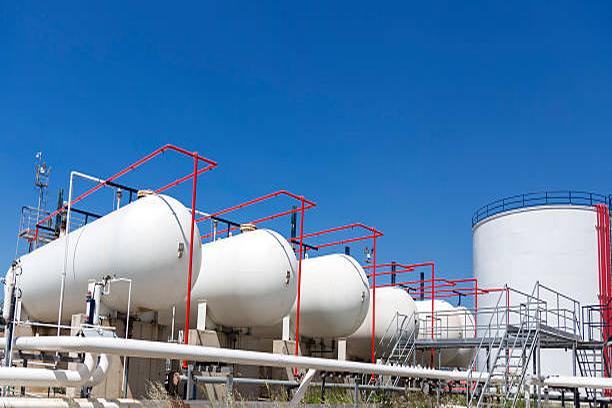Capitalizing on Propane’s Growth: Midstream and MLP Companies Thrive
As the production of oil and natural gas continues to surge in the United States, there has been a notable rise in the production of natural gas liquids (NGLs) such as propane, ethane, and butane. The U.S. now stands as a major global supplier of propane and other NGLs, with a substantial increase in demand… Continue reading Capitalizing on Propane’s Growth: Midstream and MLP Companies Thrive

